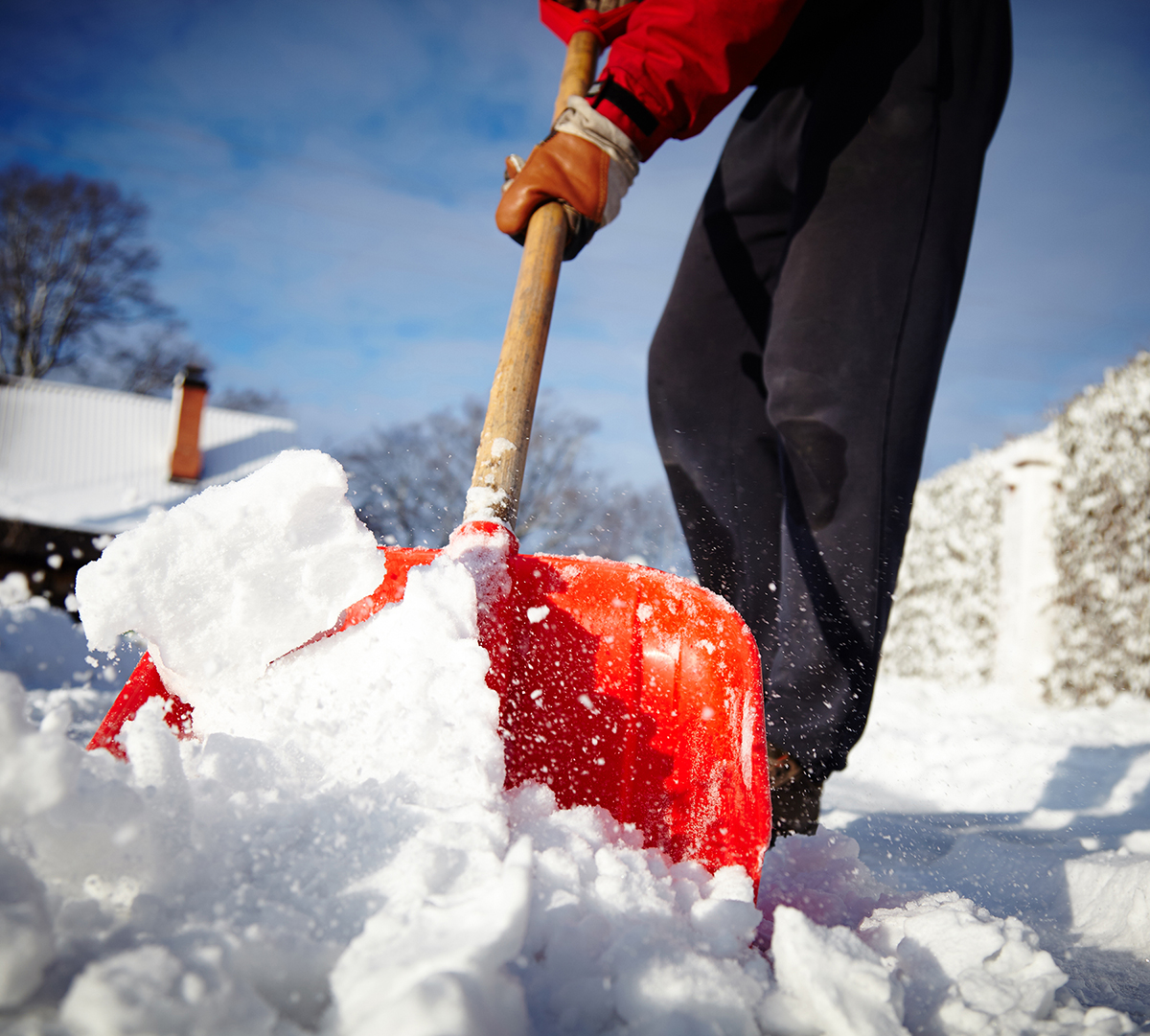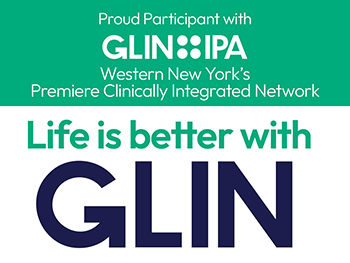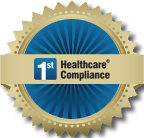According to a study published in 2015, the number of heart attacks recorded during the coldest months of the year was 31% higher compared with the warmest months. Numbers were higher in those with underlying cardiac conditions or age greater than 65 and were highest on days where the temperature was below freezing. Another study reported a 19% increased risk of stroke during winter months related to the development of atrial fibrillation which is an irregular heart rhythm.
Why is our risk higher in winter?
Well, the effects of cold temperature on the body result in vasoconstriction, that is, the blood vessels clamp down which results in increased heart rates and blood pressure. The laws of supply and demand are in play. The longer the exposure, the higher the risk. Add to this if there is any overexertion such as shoveling snow or trying to walk faster in windy or snowy weather, or if we are not dressed warm enough. Another important factor is the higher incidence of flu and respiratory infections in colder months, particularly this year with the coronavirus pandemic.
What can we all do to lower our risk?
First, we should reduce our time of exposure as much as possible. Dress appropriately and layer clothing, but don’t over layer as this can lead to overheating which also can be harmful. Avoid shoveling snow if you have any underlying cardiac condition or other medical problems. Take breaks as appropriate if digging out your car from the snow. Absolutely get the flu shot. Soon the COVID vaccine will also be rolling out. Wash your hands and wear masks to reduce our infection risk. Refill your prescriptions on time, don’t let them run out because you didn’t want to leave the house.
Know the Signs.
Finally, we should all know the potential warning signs of a heart attack - which could include chest pain or pressure, discomfort in the arms, upper back or jaw, often accompanied by nausea, sweating or shortness of breath. If any of these, seek medical attention immediately.
Let’s all stay warm and healthy this winter!

 APPLY ONLINE TODAY!
APPLY ONLINE TODAY!





